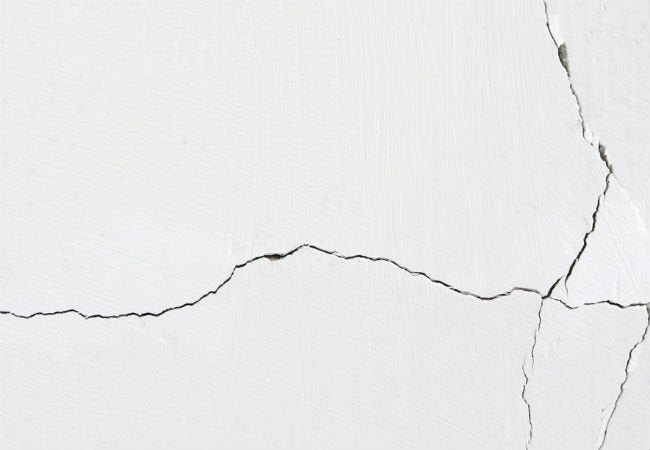
Cracks on your wall can be indicative of various issues, and whether or not you should be concerned depends on several factors, including the type, size, location, and pattern of the cracks. Here are some guidelines to help you assess whether cracks in your walls are a cause for concern:
- Size of the Cracks:
- Hairline Cracks: These are typically less than 1/16 inch (1.5mm) wide and are often caused by the normal settling of a house. They are usually not a cause for concern.
- Larger Cracks: Cracks wider than 1/16 inch may indicate a more significant problem and should be investigated further.
- Location:
- Vertical Cracks: Vertical cracks are generally less worrisome than horizontal or diagonal cracks. Vertical cracks can be caused by settling, while horizontal or diagonal cracks may indicate structural issues.
- Around Windows and Doors: Cracks around window and door frames can be due to normal settling, but if they are significant or widening, it may indicate a problem with the foundation or structural integrity.
- Pattern:
- Stair-Step Cracks: Cracks that follow a diagonal or stair-step pattern, especially if they are wider at the top, can be a sign of foundation settlement or shifting.
- Spiderweb or Alligator Cracks: These can be indicative of stress or movement in the wall and may require attention.
- Changes Over Time:
- Monitor the cracks over time. If you notice that they are getting wider, and longer, or new cracks are appearing, it’s a sign that something might be actively happening.
- Other Signs:
- Look for other signs of structural issues, such as doors or windows that stick or don’t close properly, sloping floors, or cracks in the ceiling.
- Moisture and Mold:
- If cracks are accompanied by moisture or mould growth, it could indicate a water infiltration problem, which should be addressed promptly.
- Professional Inspection:
- If you have concerns about the cracks, it’s advisable to consult with a professional, such as a structural engineer or a qualified contractor, to assess the situation accurately. They can determine whether the cracks are cosmetic or indicative of a more serious issue.
In many cases, minor cracks in walls are normal and can be easily repaired for cosmetic reasons. However, it’s essential to address any structural issues promptly to prevent them from worsening and potentially causing more significant problems. Regular home maintenance and inspections can help catch issues early and ensure the long-term stability of your home.
